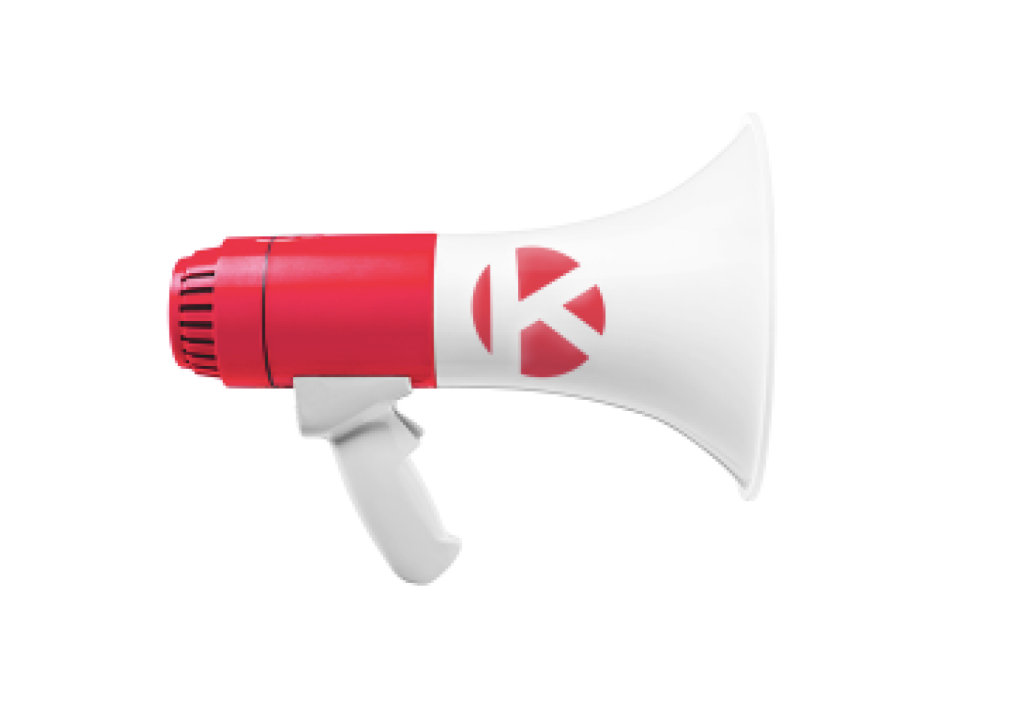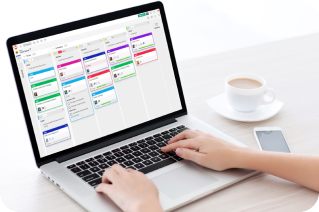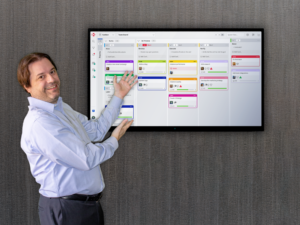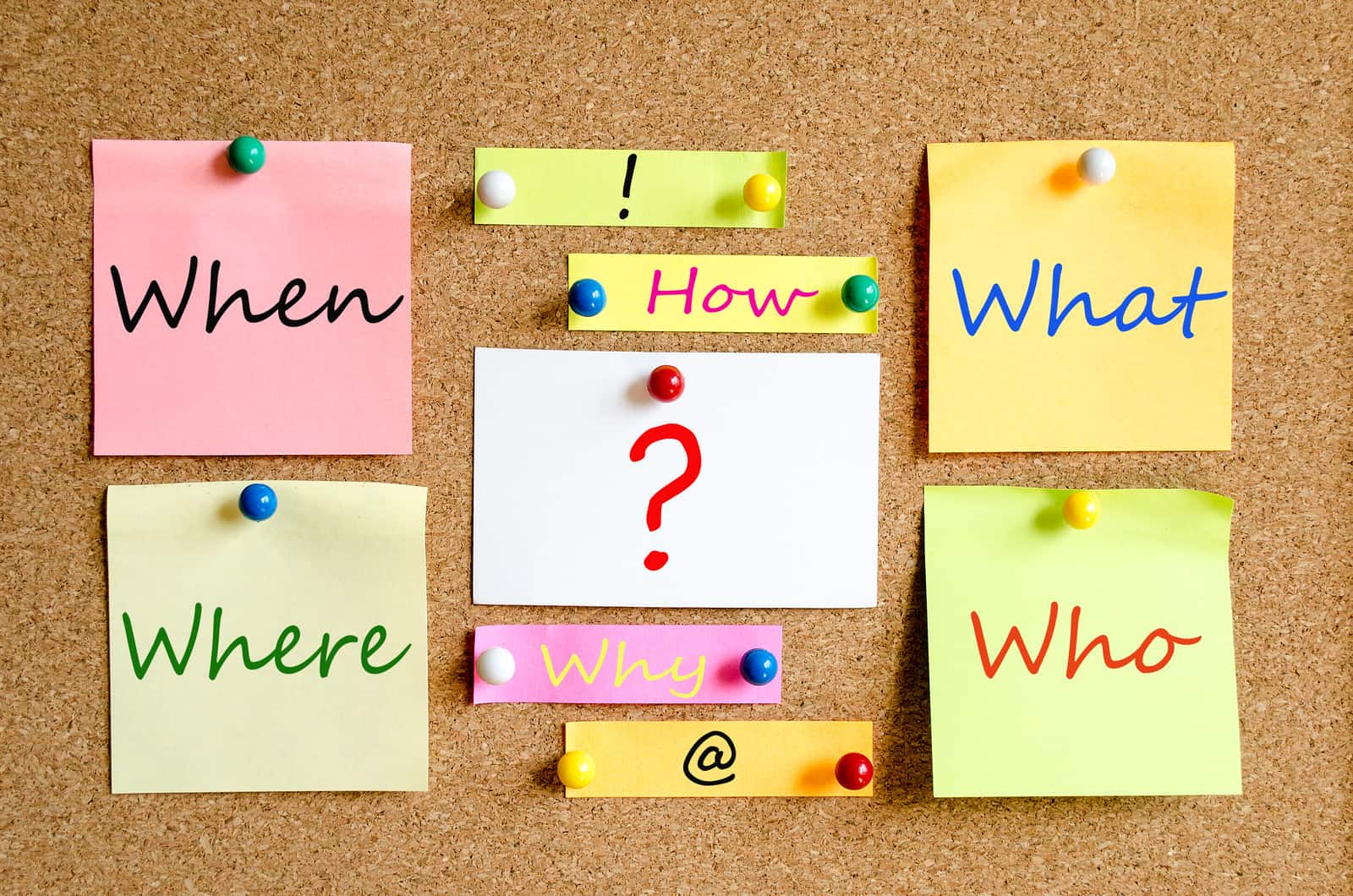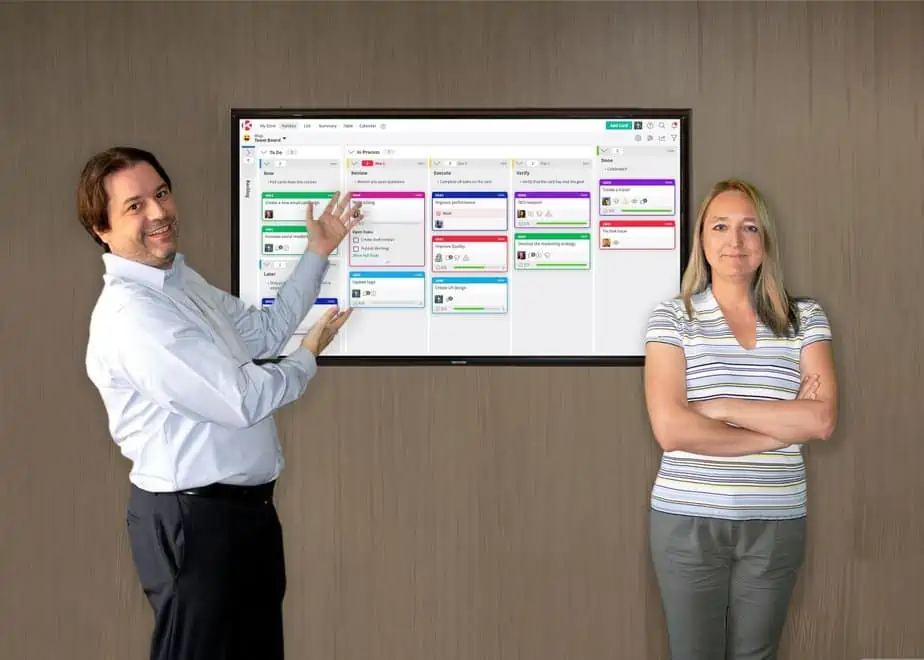Getting Started with Kanban: Frequently Asked Questions Part 2
We’ve covered the basics of getting started with Kanban in Part 1 of the Frequently Asked Questions about Kanban 3-part series. Now, let’s dive in a bit more. Some of you might be in the process of transitioning to Kanban from a different project management methodology. Others may have
Getting Started with Kanban: Frequently Asked Questions Part 1
If you’re new to Kanban and don’t know how to start, don’t worry! We’ve got you covered. Getting started with Kanban doesn’t have to be daunting. We’ve answered the most common questions about kanban to help you. Whether you’re trying to figure out if Kanban is for you or
Is Trello a Kanban Tool?
When searching Kanban tools or alternative, you must have come across Trello. Trello, in its core, is a visual collaboration tool that utilizes the concept of boards. It’s a simple and effective tool to manage and organize tasks. Trello is aimed at teams as a tool for organizing tasks
How to Amp Business Profits with Kanban
If you’re reading this, then you might be asking yourself whether going through the process of implementing kanban in your business is worth it. Or maybe you’ve been tasked with the difficult job of convincing your CEO to implement Kanban. Let’s face it. When it comes to pitching ideas
Embrace Minimalism in the Workplace with Kanban
We, as humans, have the desire to know more, do more and experience as many things as possible. But research has shown that embracing minimalism in the workplace actually makes us more productive. Our standard practice of trying to get our hands on as many things as possible at
Why Use a Kanban Board?
If you were to ask me “Why use a Kanban board?”, I want you to read a short story before answering. The Problems of Modern Dispersed Teams Several years ago, I worked in an international company that has offices in over 60 countries... And like most big corporations, they

